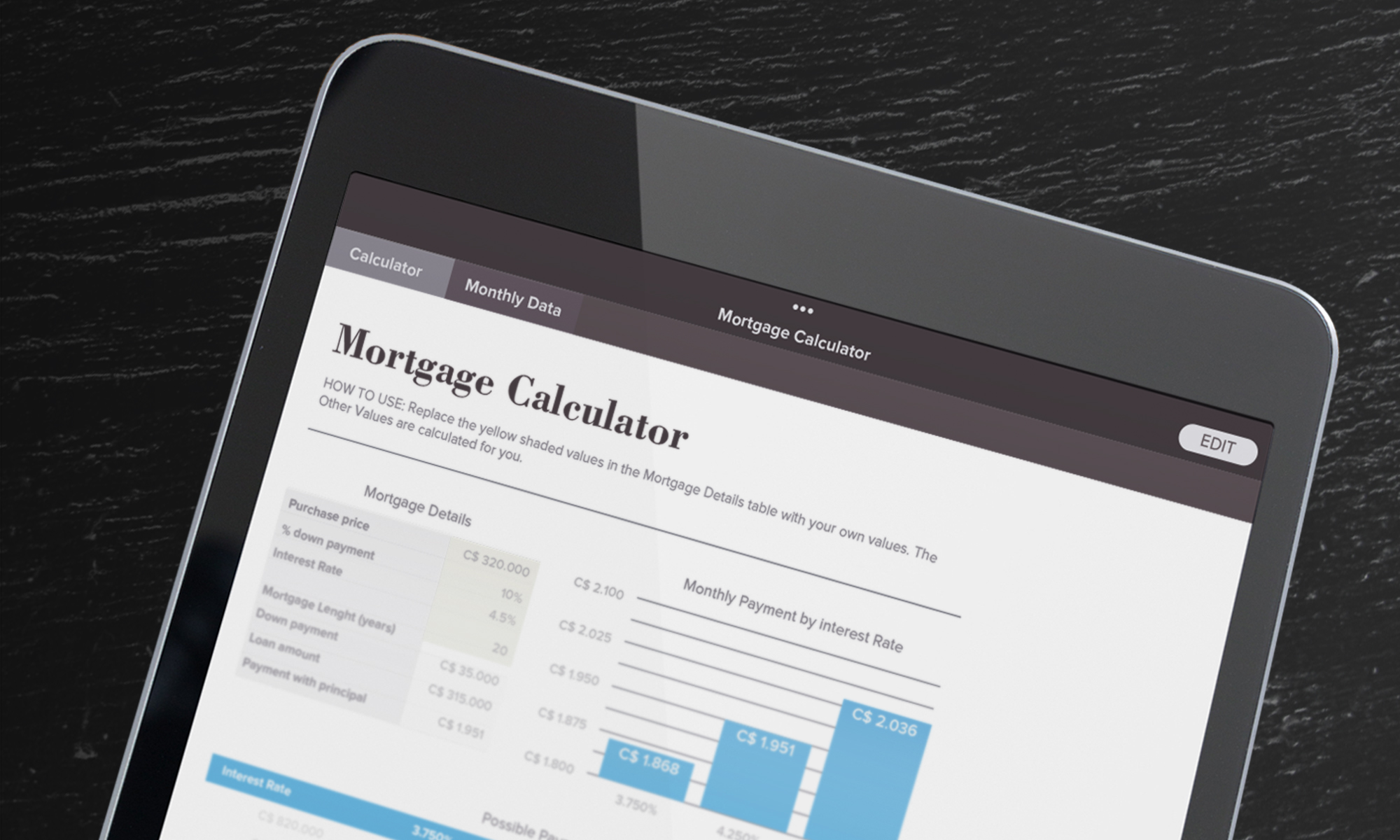Waiting increases borrower anxiety. In mortgage default loss mitigation, the need for speed has never been more acute.
Borrowers can refinance their mortgage with modified payment terms that can ease their burden and avoid default. The ability to provide a timely resolution requires swift and accurate mortgage documentation processing working in concert with a consistent customer communication program.

First, let’s examine what can be done on the processing side. Turns out it’s a lot.
Automation and AI Accelerate the Mortgage Refinancing Process
Traditionally, mortgage documentation filing and processing is labor-intensive, requiring manually coordinating, examining and verifying hundreds of pieces of data. This puts enormous pressure on back-office people and underwriters.
Now robotic process automation (RPA) and AI applications can be configured and deployed to greatly accelerate processing and underwriting.

With RPA, mortgage business and technical requirements can be captured, and then documents are automatically generated. AI-powered data extraction applies OCR deep learning technology to understand documents’ structure, enabling higher Straight-Through Processing (STP) that uses intelligent data extraction and cognitive automation.
Also supporting the process are integrated modules that can capture business and technical requirements while the required documentation is automatically generated.
Optimize Automation to Control Costs, Mitigate Losses and Maximize Outcomes
Automation tools enable businesses to manage complex processes and large volumes across disparate IT systems with minimal manual intervention.

Hyperautomation can be custom designed and deployed to deliver operational transformation specifically for the mortgage default processing environment. The objective is to maximize outcomes for borrowers and financial institutions while controlling costs and leveraging existing skill sets. For example, a workflow application streamlines mortgage processing by optimizing handoffs between human workers and virtual systems.
Apply Advanced Analytics and Manage It All With Command Center Functionality
When managing defaults, complexity starts from tracking and monitoring delinquent accounts all the way to formulating strategies for appropriate treatment. Analytics can be utilized to segment and deploy these strategies. To better manage write-offs or payment settlements resulting in losses, strategies such as gamification can open pathways to encourage repayment with easier terms for long-term payments.

Timely and informed management of the loss mitigation/default management process can be facilitated via real-time dashboard-driven monitoring that displays a 360-degree view and can issue alerts and other communications to your workforce.
Give Your Borrowers the Information They Need, When They Need It
Superior customer service is the linchpin of customer retention and loyalty, impacting both top-line and bottom-line growth.
Borrowers now expect open and easy communication from both business and retail. Today, customers can engage seamlessly across channels like social media, messaging and interactive chats. They want their experience delivered promptly and effectively, regardless of their chosen channel — all with consistent and continuous support even when they switch channels midstream.

For example, it’s common for customers to expect self-serve access via laptop, desktop and/or a phone app that makes it easier to upload documents and communicate with key financial institution people. And now conversational AI makes it easier for customers to interact as they upload documents and keep track of their case’s status every step of the way.
To support this, organizations need a cloud-based customer engagement platform that continually analyzes customer data and interactions, utilizing digital assistants to provide intelligent interactive responses through Artificial Intelligence fueled by machine learning.
Loss Mitigation Red Tape Has Met Its Match
With digital tools and applications assisting throughout, the mortgage default mitigation process can be transformed from crisis management to opportunity. Such a transformation is an opportunity for your customers to gain a fresh start and remain with your financial institution. And it provides an opportunity for your organization as well — to streamline processes, shrink waiting times and maintain business continuity through stronger customer loyalty.

Process and People Keep Losses Lower, Loyalty Higher
A winning loss mitigation strategy blends automated process and AI with human contact to consistently strive for a win for the financial institution and the customer. The process delivers accurate and timely facts and figures. Meanwhile, human contact helps everyone work toward equitable solutions that minimize the financial impact on all parties while maximizing long-term customer satisfaction.





